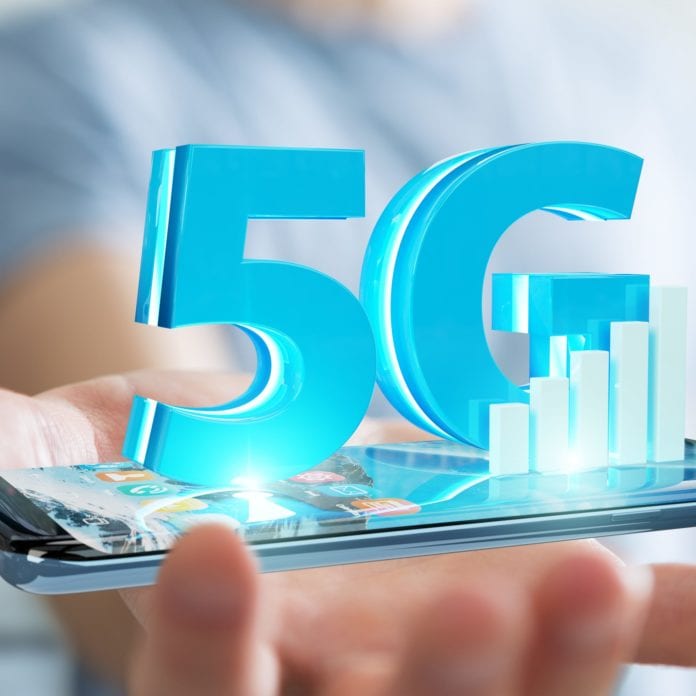The goal is to transition Swisscom’s live 5G network to 5G SA mode with cloud-native, dual-mode 5G Core
Ericsson and Swisscom have been working together to build out cellular networks since 2015, and in 2017, the pair began incorporating 5G into the partnership. Now, Swisscom and Ericsson are further extending their partnership to include a 5G Standalone (SA) rollout, with the hope that the new architecture will allow Swisscom to deliver superior network performance and new use cases to its customers.
The goal is to eventually transition Swisscom’s live 5G network to 5G Standalone mode with cloud-native, dual-mode 5G Core. The 5G SA network will include container-based Ericsson Cloud Packet Core and Ericsson Cloud Unified Data Management and Policy, and will leverage artificial intelligence and machine learning for the development of optimized and innovative solutions over the next three years.
The deal also covers Ericsson Radio System products and solutions, including 5G NR carrier aggregation and 5G RAN Slicing.
According to Martin Bürki, country manager at Ericsson Switzerland, the “strengthened” partnership with Swisscom “will open up new opportunities in the Internet of Things (IoT) and Industry 4.0 domains.”
“This deal is further helping enterprises and consumers to accelerate 5G to Standalone with ultra-low latency and higher data rates,” continued Bürki.
In April 2021, Swisscom and Ericsson claimed the first European commercial 5G network. Since the launch, 96% of the Swiss population is covered by Swisscom 5G. The pair also successfully carried out 5G voice and data calls over a commercial 5G standalone network at the end of 2020. The live 5G SA voice and data calls used Voice over New Radio (VoNR), carrier aggregation and Ericsson Spectrum Sharing. The calls were made on Ericsson 5G Radio Dot, 5G core and IMS deployed on Ericsson NFVI, using the smartphones OPPO Find X2 Pro and OPPO Reno 4Z 5G with two different chipsets. By combining FDD spectrum and TDD spectrum, Ericsson’s 5G carrier aggregation solution will boost 5G coverage and capacity, the vendor said.
“Together, we have been first in Europe to turn on 5G commercially and have proven your technological leadership and our innovation capability,” commented Mark Düsener, head of mobile & mass market communication at Swisscom. “This new deal confirms our joint commitment to follow this path and to further accelerate the development of 5G technology. We are continuously working to provide our customers with the latest 5G experiences and in Ericsson, we have access to the best deployment solutions for 5G.”

